If you’ve ever driven down the infamous Blvd. 2000 in Tijuana, you’ve probably asked yourself if your car’s suspension deserved …
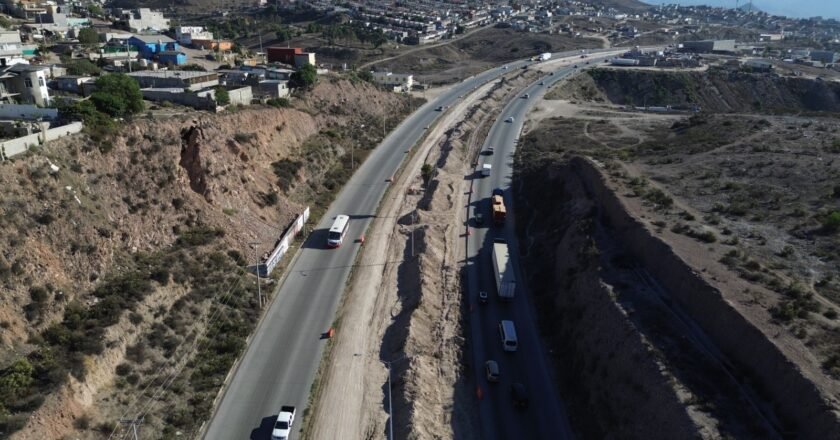

If you’ve ever driven down the infamous Blvd. 2000 in Tijuana, you’ve probably asked yourself if your car’s suspension deserved …
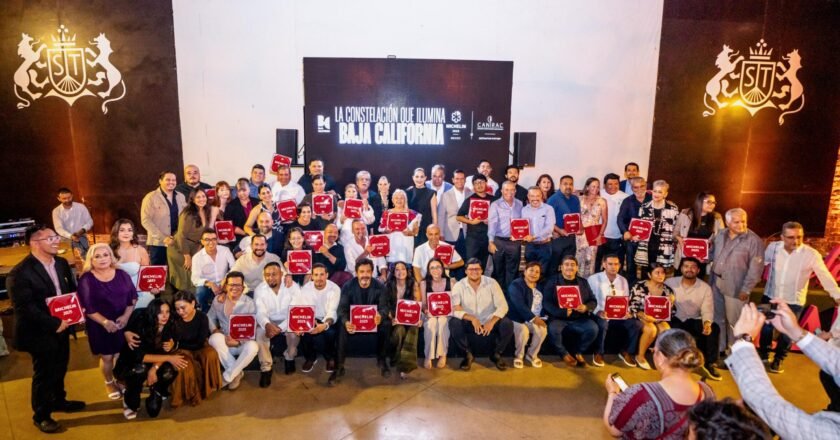
Baja California once again proved it isn’t just about fish tacos or tequila shots. And yes, we already told you: …
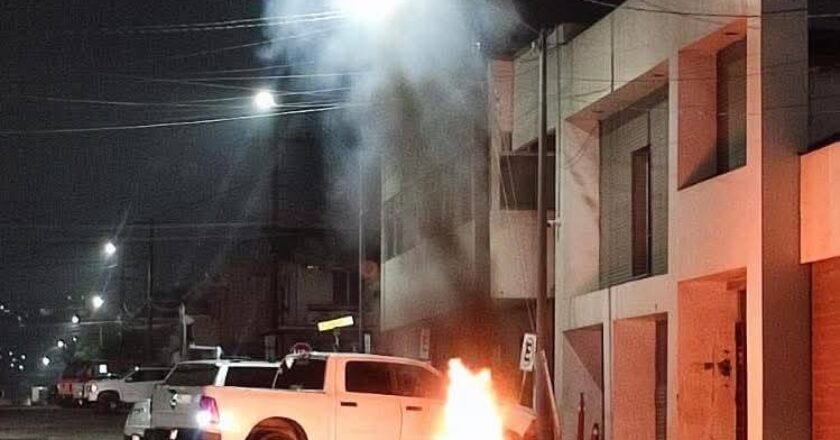
Some nights in Baja California, the sirens are just background noise—an unholy lullaby. But on September 20, that lullaby turned …
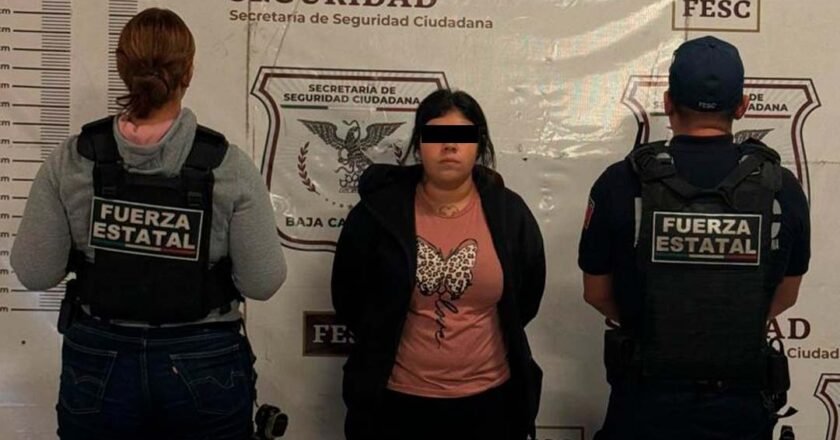
Rumors in Baja move fast, but sometimes fugitives move faster — at least until the cops slam the brakes on …
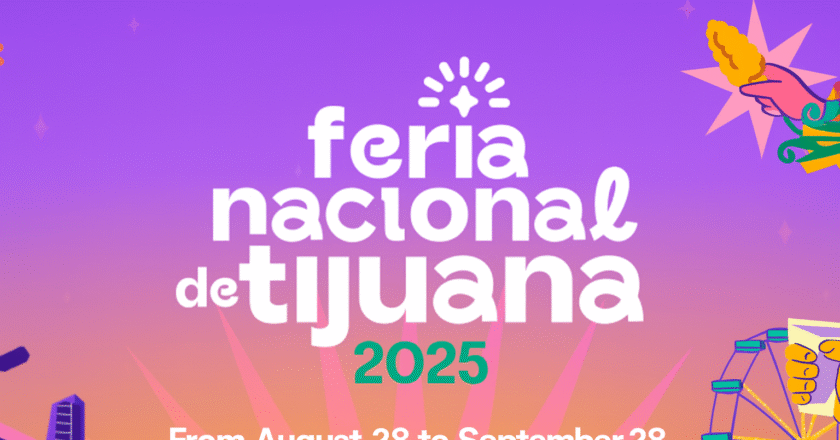
The wait is over. Tijuana’s biggest family party of the year is back, bigger and louder than ever. From August …

Tijuana’s biggest wine party is back. On Saturday, October 11th, 2025, the 4th Festival Wine Without Borders takes over the …
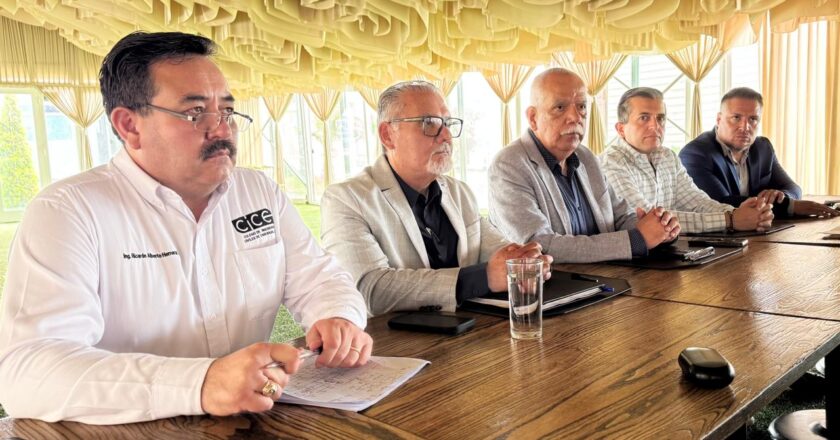
Rosarito’s dry promise might finally pour On Friday, August 22, Baja California’s Secretary of Water, Víctor Daniel Amador Barragán, met …

Beachgoers in Playas de Tijuana got more than just sand in their shoes this week—they got a front-row seat to …

Baja California is known for wine festivals, fresh seafood, and weekend gossip. However, there’s another story worth telling—our movies. We …

Baja California is on the move… sort of. Ensenada has a shiny new ferry sitting pretty at the dock. Tijuana’s …